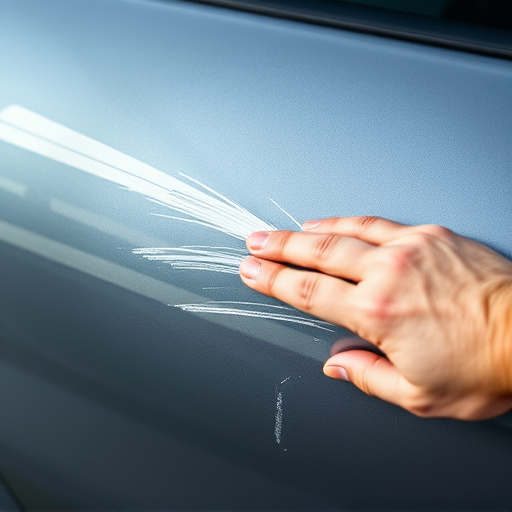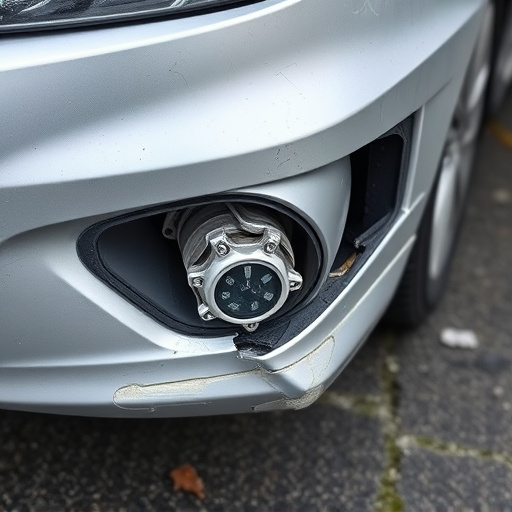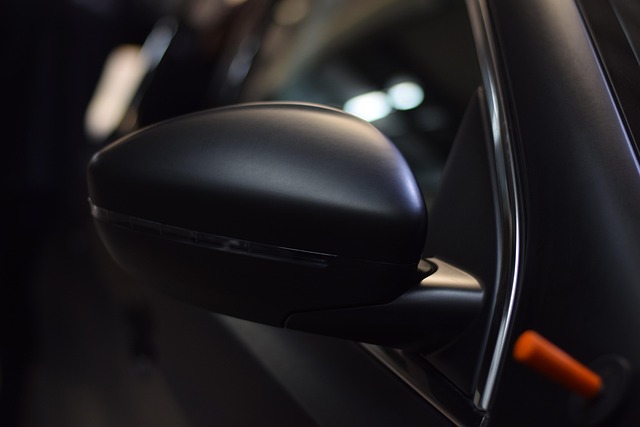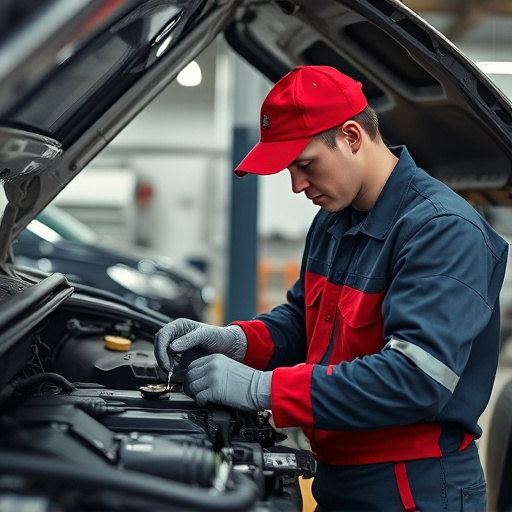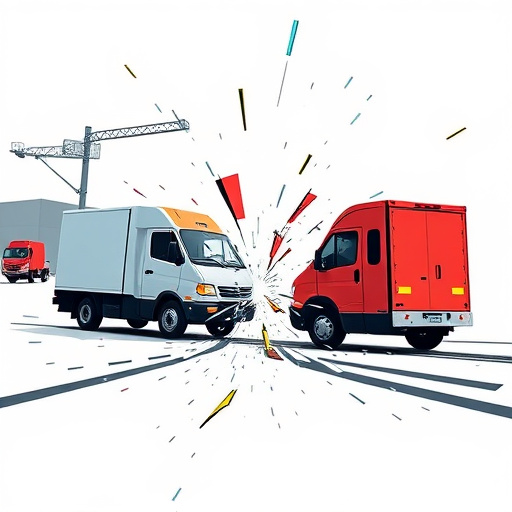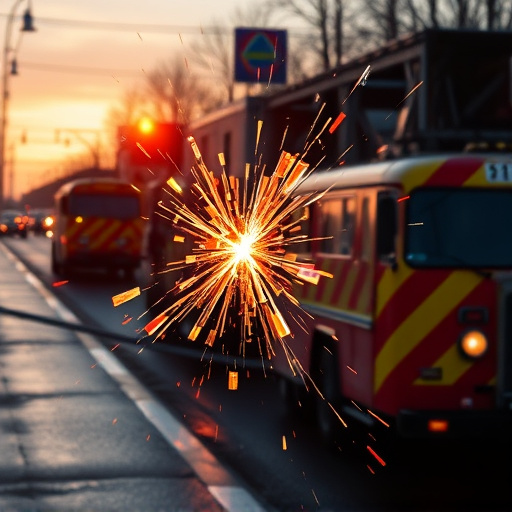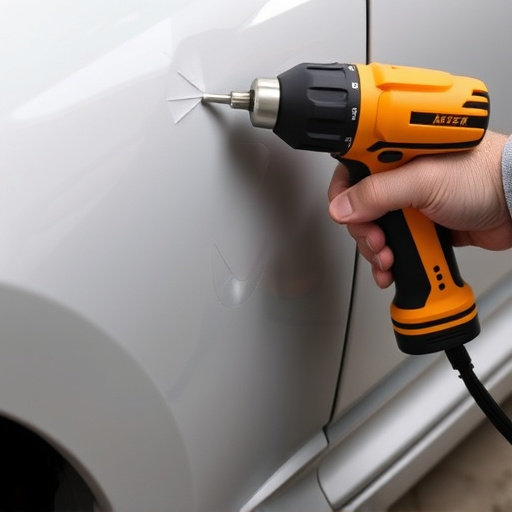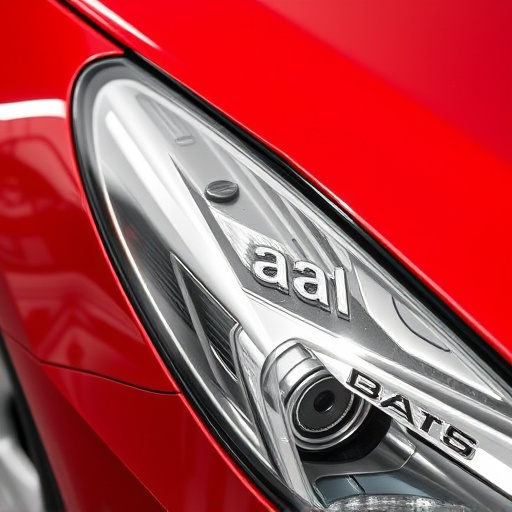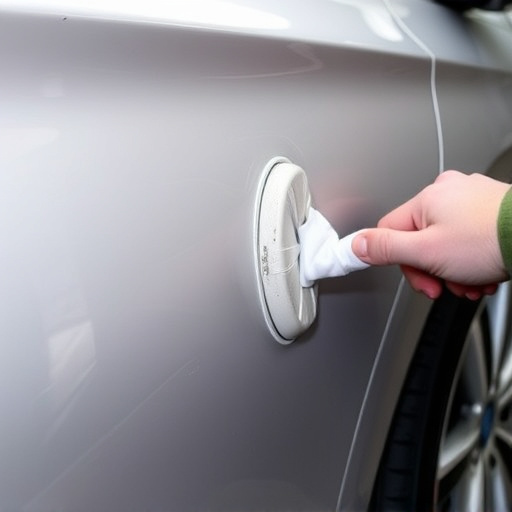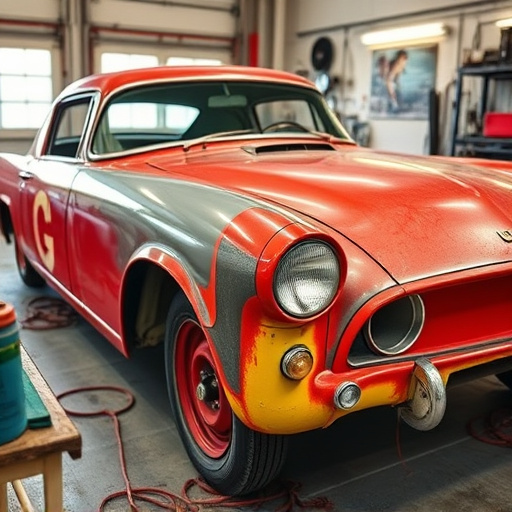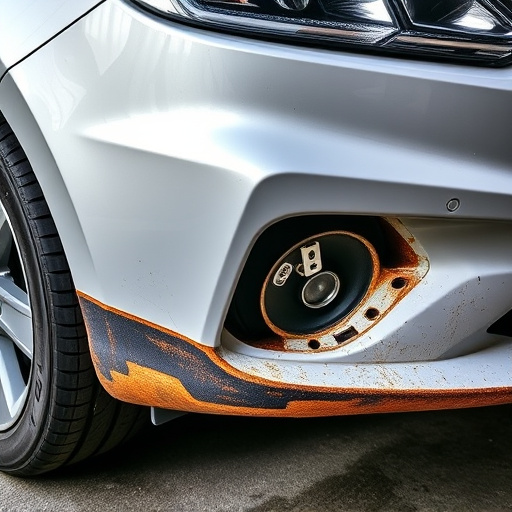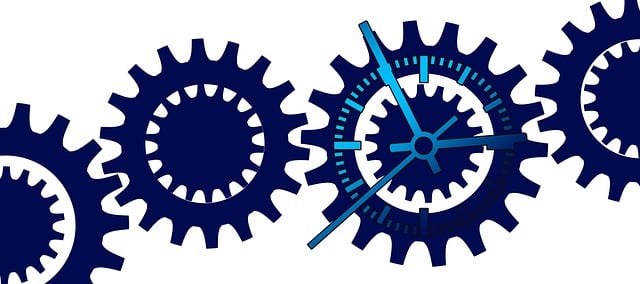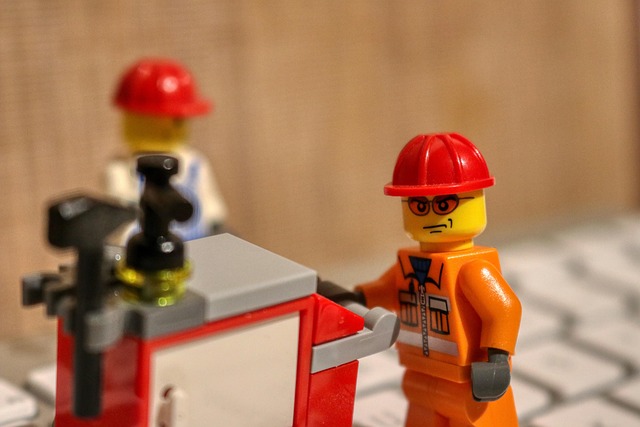Suspension repair collision services are essential for passenger safety, addressing damage to springs, shocks, and struts. Skilled technicians ensure structural integrity, compliance with standards, and optimal vehicle performance. Best practices after repairs include comprehensive inspections, quality control using advanced tools, precise repairs according to specs, proper sealing, and coating to prevent water intrusion.
In today’s automotive landscape, understanding the intricate role of suspension systems in vehicle safety is paramount. Suspension repair after a collision isn’t just about aesthetics; it’s a critical step in ensuring compliance with stringent safety standards. This article delves into the significance of suspension systems in maintaining vehicle stability and explores how proper collision repair techniques directly impact adherence to these vital regulations. We’ll also discuss best practices to guarantee safety standards are met post-collision, emphasizing the importance of skilled craftsmanship and adherence to industry protocols.
- Understanding Suspension Systems and Their Role in Safety
- The Impact of Proper Collision Repair on Compliance
- Best Practices for Ensuring Safety Standards Post-Collision
Understanding Suspension Systems and Their Role in Safety
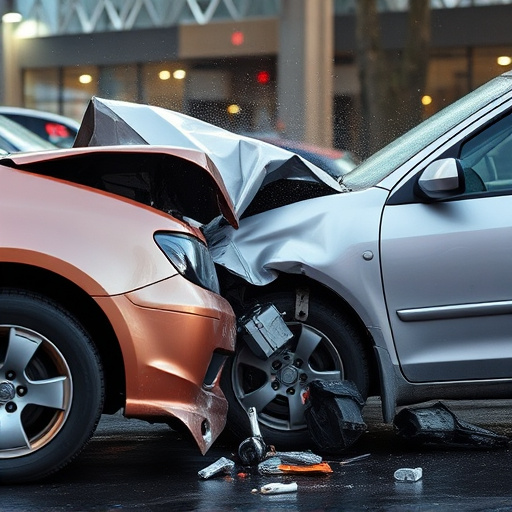
Suspension systems are a car’s first line of defense in ensuring passenger safety during an accident. These intricate networks of springs, shocks, and struts absorb and distribute the force of a collision, preventing the violent jolt that could cause serious injuries. Understanding how suspension repair collision services play a vital role in maintaining these critical components is essential for adhering to safety standards.
In the realm of fleet repair services or even for individual car owners, prompt attention to suspension damage from collisions is crucial. Skilled technicians employ advanced diagnostic tools and techniques to assess and fix issues like bent or broken springs, damaged struts, or misaligned wheels, all of which can compromise safety. Efficient dent repair processes further contribute to restoring the structural integrity of a vehicle’s suspension system, ensuring it operates optimally and meets regulatory requirements.
The Impact of Proper Collision Repair on Compliance
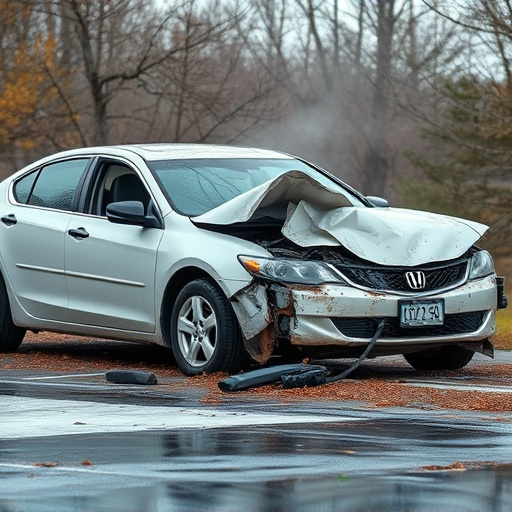
Proper suspension repair following a collision is paramount for maintaining compliance with safety standards. When a vehicle experiences a crash, the intricate systems that ensure its stability and handling can be significantly compromised. Skilled technicians at collision centers are trained to assess and rectify these issues, ensuring the vehicle meets all necessary regulatory requirements before returning it to the road.
This meticulous process involves more than just fixing visible damages; it encompasses thorough inspections of the suspension components, including struts, springs, control arms, and shocks. Any defects or misalignments that could impact the vehicle’s safety are identified and corrected during a comprehensive collision repair. Moreover, the accurate restoration of these systems is crucial for maintaining optimal vehicle performance and driver confidence, ultimately contributing to enhanced road safety and compliance with industry standards at auto collision centers.
Best Practices for Ensuring Safety Standards Post-Collision
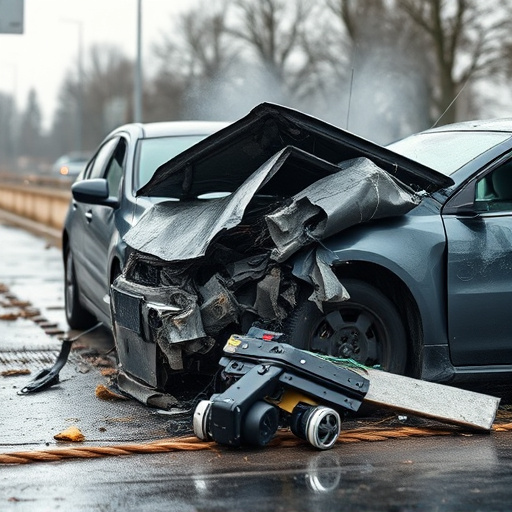
After a suspension repair collision, adhering to best practices is paramount to maintain safety standards and ensure vehicle integrity. The first step involves thorough inspection, where every component of the suspension system—from shock absorbers to control arms—is meticulously evaluated for damage or wear. This meticulous process is crucial in identifying potential hazards that could compromise the vehicle’s stability and passenger safety.
Implementing robust quality control measures during the repair process is another key aspect. Trained technicians employ advanced diagnostic tools to ensure precise adjustments and replacements, adhering to manufacturer specifications. Additionally, proper sealing and coating techniques are employed in areas like auto painting to prevent water intrusion, which can compromise structural integrity. For instance, Mercedes Benz collision repair centers prioritize these practices to deliver top-tier repairs, even in the face of challenges like hail damage repair.
Suspension repair collision is not just about fixing cars; it’s about ensuring safety standards and maintaining vehicles’ structural integrity. By understanding the critical role of suspension systems and adopting best practices post-collision, shops can help keep roads safe for all. Proper collision repair, when aligned with industry standards, prevents accidents from happening again, making it a vital step in the automotive service process.
